The Library of Consciousness
of Consciousness
Conceptions of a Global Brain
Imagine a giant, intelligent brain made of humanity and its computers—the Global Brain. This idea blends views of society as a living organism, a universal encyclopedia, and an emerging higher consciousness. Global networks like the Internet not only share information but also learn and adapt together. By combining insights from evolution and cybernetics, we can overcome conflicts and build a collective intelligence that makes solving world problems more efficient and creative.
Dynamics of Hyperspace
Abraham and McKenna explore the limitations of traditional maps of consciousness, like those of Freud and Jung, in understanding psychedelic experiences. They propose that psychedelics offer access to a hyperspace beyond the human dimension, requiring new languages and metaphors to map and share these experiences. They discuss the role of consciousness evolution, potential guidance from higher intelligence, and the challenges and opportunities presented by technology and social structures in navigating this uncharted territory.
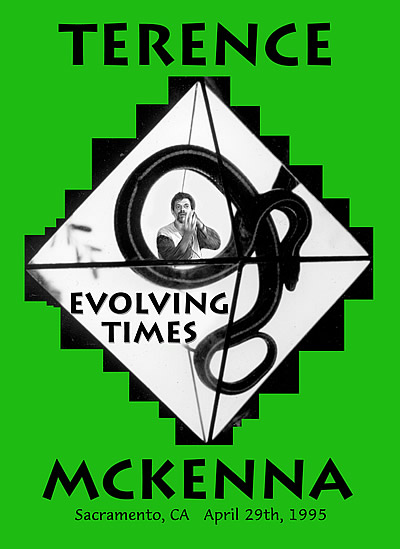
Evolving Times
This evening address is one of Terence’s funniest, in which much is said about monkeys, mushrooms, plants, and people. The question and answer session gets good and lively, with his unique analysis of UFOs, governments, and possible evolutionary pathways for us and the planet.
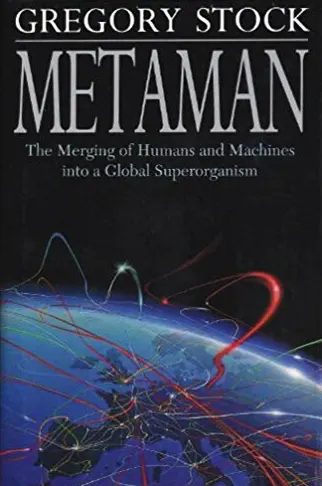
Metaman
In this visionary book, Gregory Stock gives us a new way of understanding our world and our future. He develops the provocative thesis that human society has become an immense living being: a global superorganism in which we humans, knitted together by our modern technology and communication, are like the cells in an animal's body. Drawing on impressive research, Stock shows this newly formed superorganism to be more than metaphor: it is an actual living creature, which he has named Metaman, meaning beyond and transcending humans.
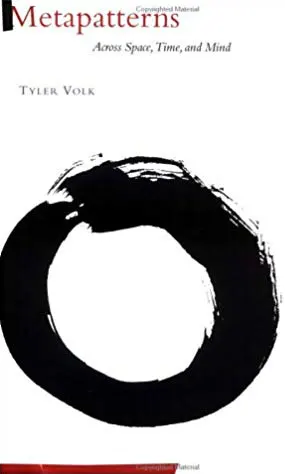
Metapatterns
In the interdisciplinary tradition of Buckminster Fuller’s work, Gregory Bateson’s Mind and Nature, and Fritjof Capra’s Tao of Physics, Metapatterns embraces both nature and culture, seeking out the grand-scale patterns that help explain the functioning of our universe. Metapatterns begins with the archetypal patterns of space, both form-building and relational. Tyler Volk then turns to the arrows, breaks, and cycles that infuse the workings of time. With artful dexterity, he brings together many layers of comprehension, drawing on an astounding range of material from art, architecture, philosophy, mythology, biology, geometry, and the atmospheric and oceanographic sciences. Richly illustrating his metapatterns with a series of sophisticated collages prepared for this book, Volk offers an exciting new look at science and the imagination. As playful and intuitive as it is logical and explanatory, Metapatterns offers an enlightening view of the functional, universal form in space, processes in time, and concepts in mind.
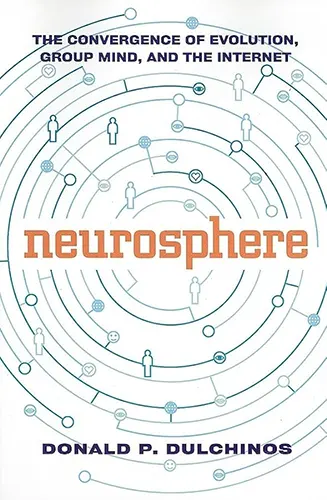
Neurosphere
According to Donald Dulchinos, the real action on the Internet isn’t in the realm of commerce. It is, plain and simple, in the realm of religion. But not exactly that old-time religion. This book is about the spiritual impact of our increasing ability to communicate quickly and with enhanced evolution. It's about our search for meaning, our hunger for a glimpse at humanity's future development in which, frighteningly or excitingly, the trend is clearly toward increasing integration of telecommunications and information technology with the body itself. Electronic prosthetics, direct neural implants, and the brain's control of electronic and mechanical limbs move the boundary that used to exist between human and machine to some undefined frontier inside our bodies, our brains, and, perhaps, our minds.
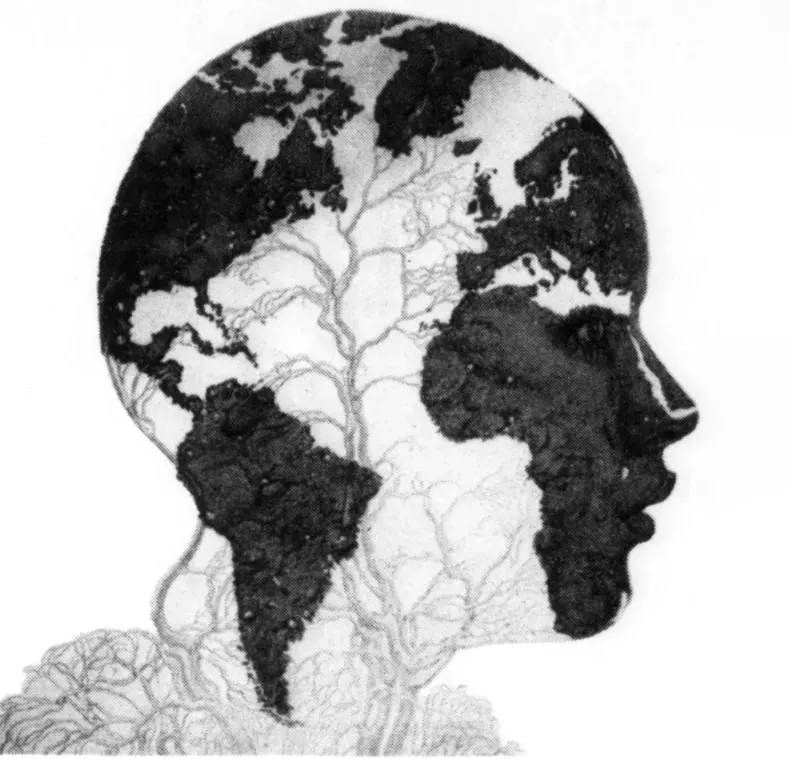
Plan, Plant, Planet
McKenna urges us to look at plants more deeply and find within their biological organization a model for sustainable modern civilization.
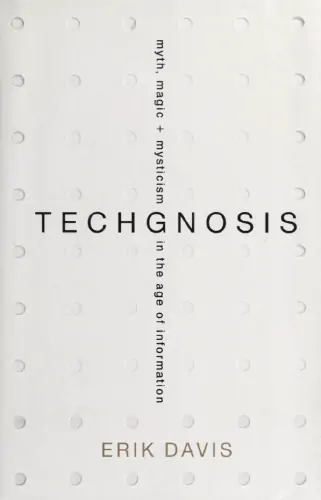
TechGnosis
How does our fascination with technology intersect with the religious imagination? While the realms of the digital and the spiritual may seem worlds apart, esoteric and religious impulses have in fact always permeated (and sometimes inspired) technological communication. Erik Davis uncovers startling connections between such seemingly disparate topics as electricity and alchemy; online role-playing games and religious and occult practices; virtual reality and gnostic mythology; programming languages and Kabbalah. The final chapters address the apocalyptic dreams that haunt technology, providing vital historical context as well as new ways to think about a future defined by the mutant intermingling of mind and machine, nightmare and fantasy.
Technium Unbound
What comes after the Internet? What is bigger than the web? What will produce more wealth than all the startups to date? The answer is a planetary superorganism comprised of 4 billion mobile phones, 80 quintillion transistor chips, a million miles of fiber optic cables, and 6 billion human minds all wired together. The whole thing acts like a single organism, with its own behavior and character—but at a scale we have little experience with. This is more than just a metaphor. Kevin Kelly takes the idea of a global superorganism seriously by describing what we know about it so far, how it is growing, where its boundaries are, and what it will mean for us as individuals and collectively.
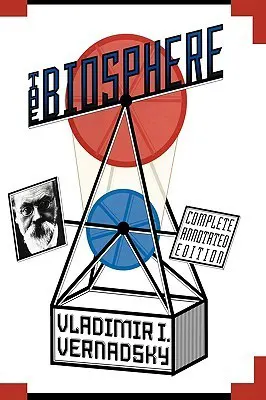
The Biosphere
Long unknown in the West, The Biosphere established the field of biogeochemistry and is one of the classic founding documents of what later became known as Gaia theory. It is the first sustained expression of the idea that living matter is a geological force that can shape Earth’s evolution, changing its landforms, climate, and atmosphere. This groundbreaking work sheds light on the interconnectedness of life and geology, offering profound insights into the Earth's ecological balance and the impact of human activities on the planet.
The Edge Runner
A presentation revolving around the question: what is going on in the universe? Special emphasis is given to the human condition, the accelerating complexification of the cosmos, and options for the human collectivity as it faces the future.
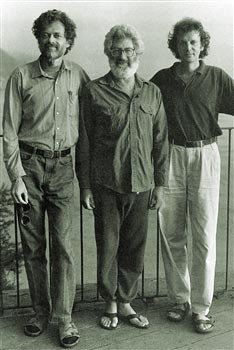
The Future of Humanity
McKenna, Abraham, and biologist Rupert Sheldrake contemplate humanity's bumpy ride towards transcendence. McKenna unveils his theory of an impending "eschaton" when history will culminate in a boundary-erasing recovery of unity, fulfilling religious anticipation. However, approaching this "zero point" will be increasingly chaotic. Abraham and Sheldrake greet McKenna's vision with skepticism tinged with hope. Probing global crises, the trio spiritedly grapple with miraculous visions for transforming society, from psychedelic revival to empowering women. Their speculative voyage reveals turbulence ahead, yet yields glimmers of our journey's destination.
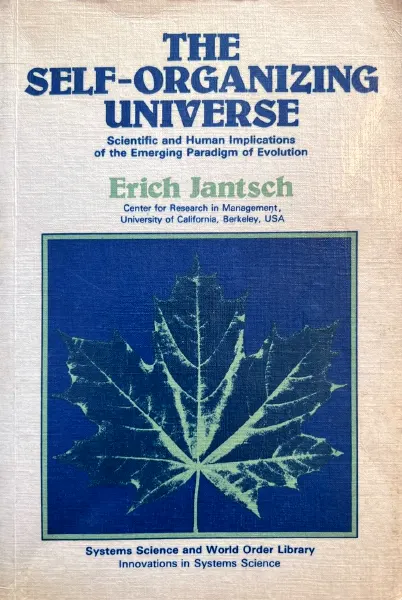
The Self-Organizing Universe
The evolution of the universe—ranging from cosmic and biological to sociocultural evolution—is viewed in terms of the unifying paradigm of self-organization. The contours of this paradigm emerge from the synthesis of a number of important concepts, and provide a scientific foundation to a new world-view which emphasizes process over structure, nonequilibrium over equilibrium, evolution over permanency, and individual creativity over collective stabilization. The book, with its emphasis on the interaction of microstructures with the entire biosphere, ecosystems etc., and on how micro- and macrocosmos mutually create the conditions for their further evolution, provides a comprehensive framework for a deeper understanding of human creativity in a time of transition.
What is the Noosphere?
Picture Earth evolving a new layer—not of rock or life, but of thought and technology. This “noosphere” is like a planetary brain emerging through our global networks, satellites, and collective intelligence. The paper explores how this mysterious transformation could represent Earth’s next evolutionary leap, potentially leading to planetary consciousness or even contact with other cosmic minds. It’s happening right now, though we’re still figuring out how to guide this planetary metamorphosis.